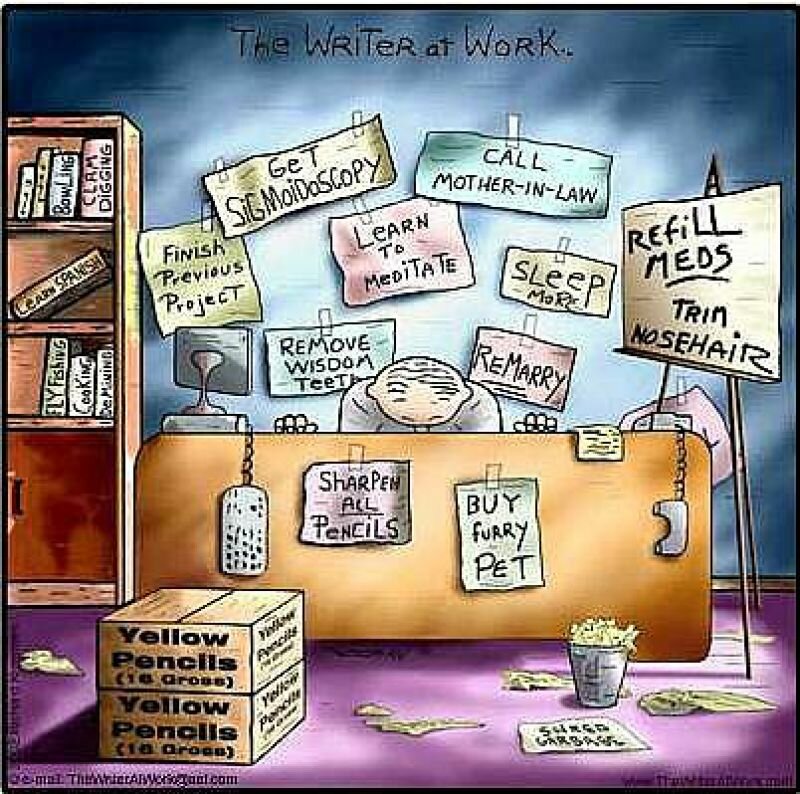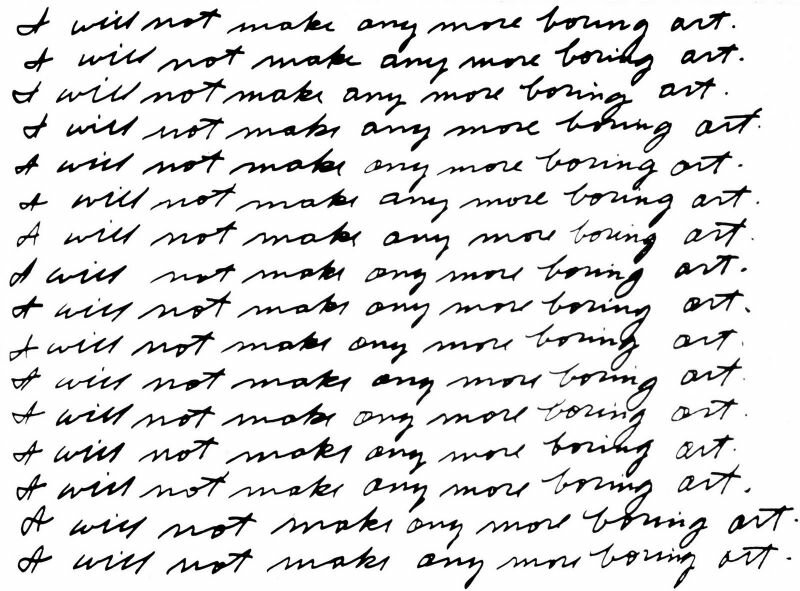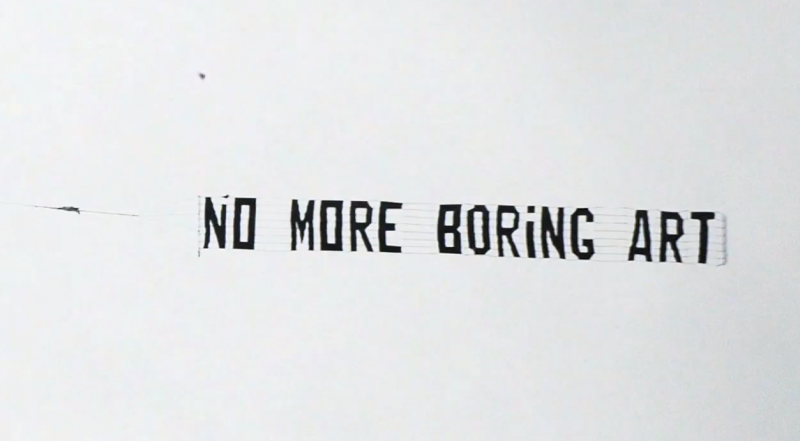‘Who can does, who can not teaches!’ wrote Shaw. By this, he meant that if you were truly good at your trade, you’d rather practice that trade as a researcher rather than a teacher.
Many subjects are taught by professors who teach without any true engagement, who themselves have also been schooled by the very same sort of tutor. It might sound disrespectful, but it’s an undeniable phenomenon.
Most researchers have trained themselves with the guidance of another researcher.
How do you prevent the rift between researchers and teachers growing even wider? Firstly, by employing as many teachers as possible that have been successful researchers.
But also by writing textbooks, readers, and practical manuals in such a way that they show how research is truly done in a practical sense.
Most schoolbooks are written with present day knowledge as their foundation. They follow the history of their subject and its related disciplines from beginning to end. In textbooks, you won’t find many detours or examples of dead-end developments. And if that happens, you’ll know beforehand that it was a mistake. In practical manuals you won’t find experiments that explain a dead branch or root in history that helps understand the subject. Because of this, it seems like the subject developed through a succession of ready-made questions that lead to easily found answers. Knowledge and insight are taught on the basis of their justification.
But shouldn’t it also be possible to approach a subject through the history of its development? By not only looking at the grand scheme, but also at the crucial turning points? As a repetitive process of guessing, missing, and hitting. In the process of doing so, you’d be raising future researchers. And you’d be telling future teachers how researchers work.


